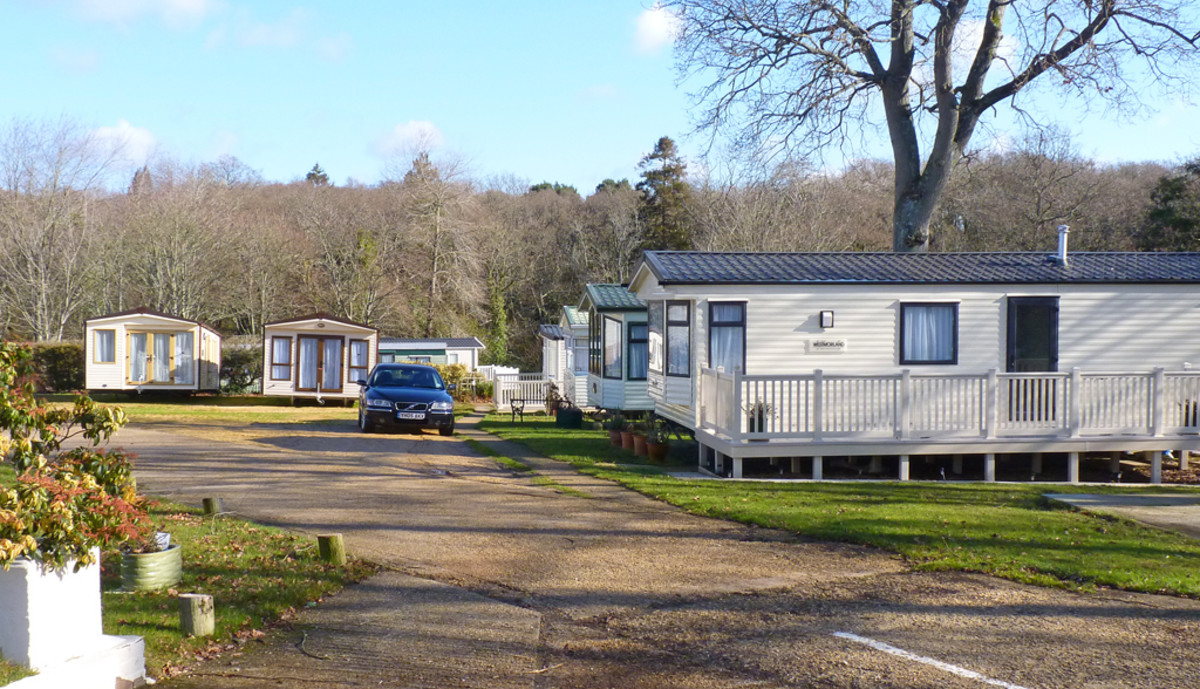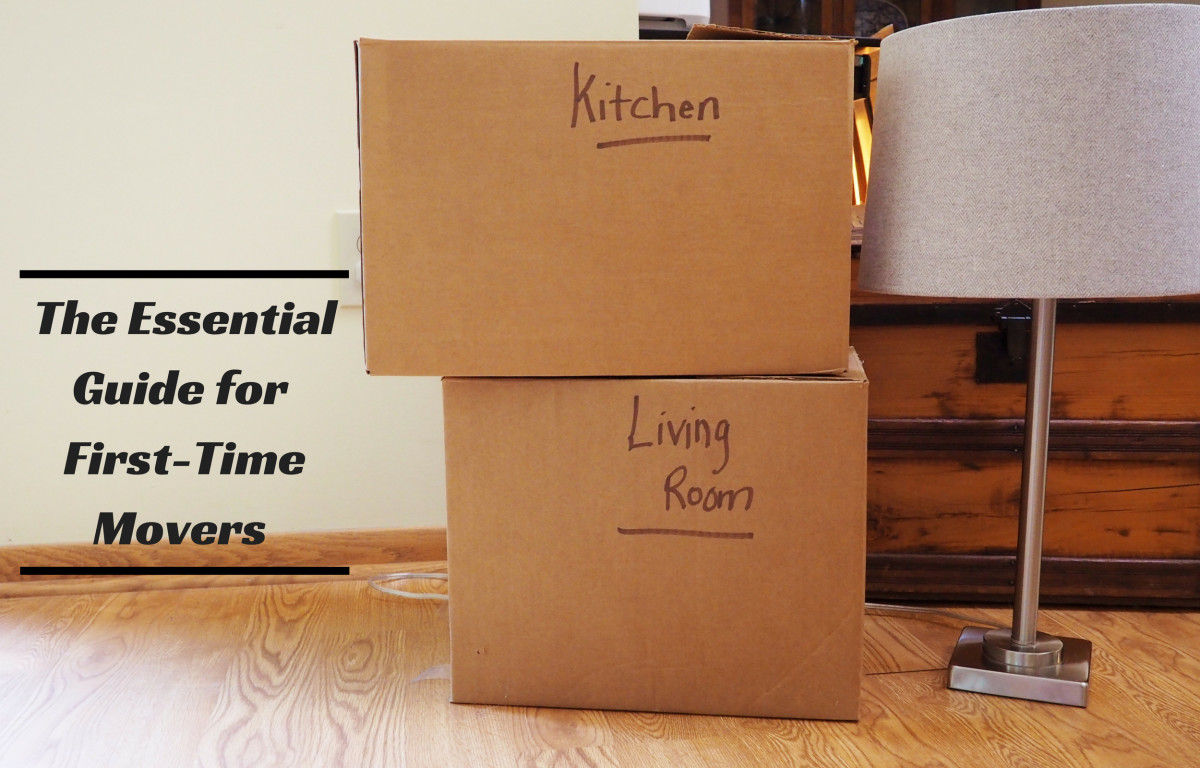Condominium Ownership
Homeownership with Less Hassles
Condominium refers to a type of real estate ownership in which part of the property is held in common with one's neighbors and part held individually. In all cases, the individual housing units are owned individually while areas outside the individual housing units are owned in common with the neighbors.
Condominiums can be units in high-rise buildings or they can be detached units sitting on their own land – when I was in the mortgage business here in Arizona a number of years ago we referred to units in multi-unit buildings as condominiums, detached units on their own land in developments with a homeowners association and common property around the homes as town homes and homes with their own land but sharing a common wall with the neighboring unit as patio homes. All three are legally condominium ownership, with the difference being the portion of individual ownership.

Units in Multi-Family Structures
For a unit within a multi-unit building the owner of the unit in most jurisdictions technically owns the interior airspace up to and including the top layer of paint on the wall. Everything below the top layer of paint as well as the land on which the building sits, any amenities such as swimming pools, recreation facilities, parking lots or garages and all interior spaces (such as walls, elevators, stairways, etc.) is owned in common by all the owners.
Town Homes and Patio Homes
In the case of town homes and patio homes, each unit sits on its own plot of land, which is usually very small, and the owner generally owns that land and, often a small surrounding yard.
The rest of the land and any associated structures or amenities, such as swimming pools, play areas, etc. are owned in common with the other owners. The common areas can even include the interior roads leading to the individual units. In the case of roads, the developer or the homeowners association have the option of deeding them to the local municipal authority, thereby relieving the homeowners association of full responsibility for their maintenance, or keeping them and assuming responsibility for the continued upkeep.


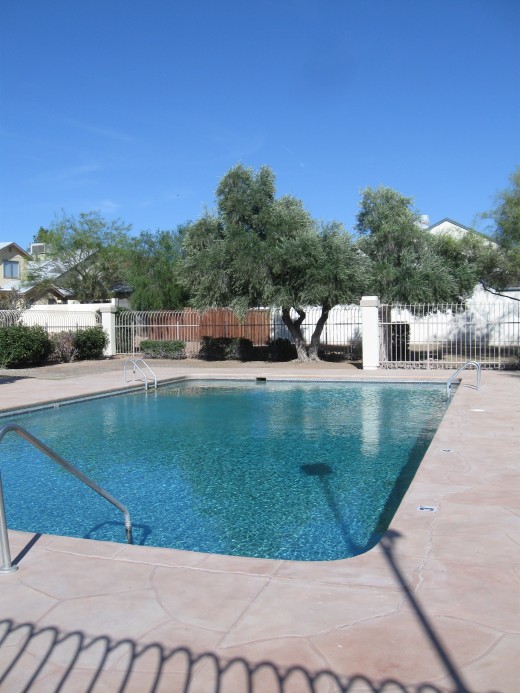
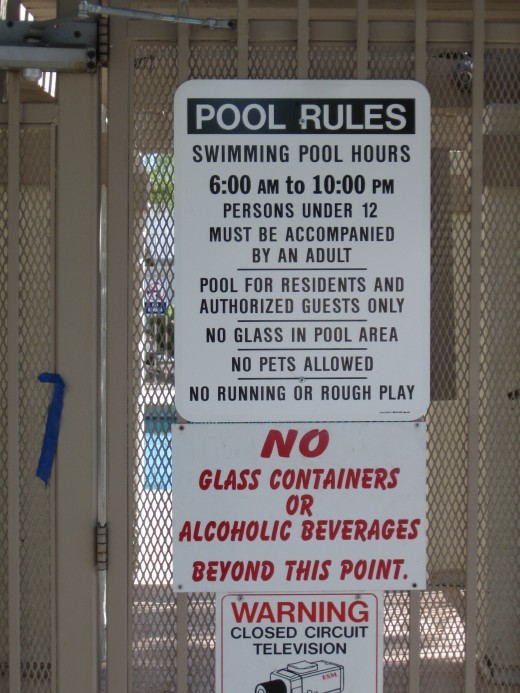
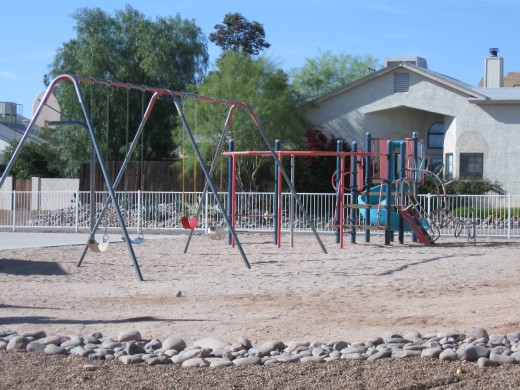


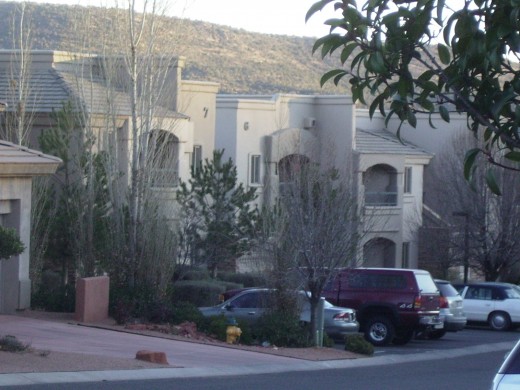
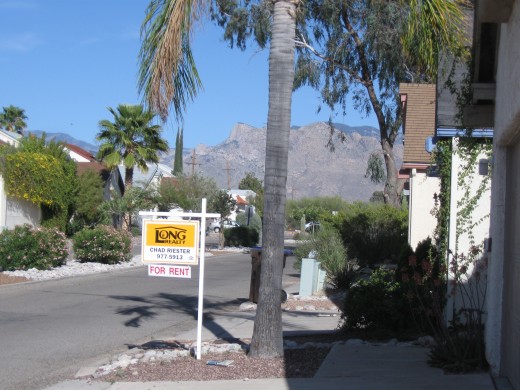
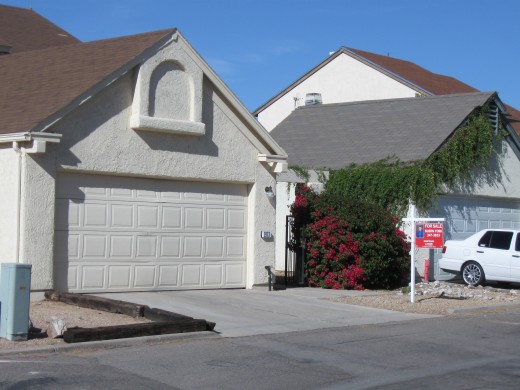
Things to Consider When Purchasing a Condominium
Then when contemplating the purchase of a condominium it is a good idea to read the C C and Rs (Covenants, Conditions and Restrictions) which is the legal document that is a part of the deed to the property.
The C C and Rs are the rules by which owners have to abide and they can be very detailed. The purpose is to maintain a uniform level of quality and behavior so as to preserve the value of everyone's investment in the project. These can be very detailed specifying things like the types and colors of window coverings (curtains, etc.), the colors one can paint the exterior, restrictions on parking and how many vehicles a household may have with rules that can state that all cars must be parked in the garage with the garage door closed at all times except when entering or exiting.
While it is illegal to include racial or ethnic restrictions in C C and Rs, there can be age restrictions which prohibit children in the household and requiring that all residents be over a certain age. The C C and Rs are enforced by the homeowners association which is the governing board of the project. Minor infractions, like violating parking rules, are dealt with by levying fines against the offenders while the association can go to court to halt major infractions like painting an exterior with an unapproved color.
The C C and Rs are much like the rules in an apartment lease which are intended to both preserve the property and provide a harmonious environment for people living in rather close quarters. The difference is that, while apartment projects are the private property of the company that owns the project, it is the owners of the individual units who own a condominium project. The C C and Rs, which are written and recorded prior to the sale of the first unit, attempt to avoid conflict between owners by being in place before anyone moves in and, by taking time to read and understand these before purchasing a condominium, perspective owners can decide whether or not these are rules under which they can live.
Then there is the homeowners association which is the governing body of the project. This is a board elected by the owners. While day to day management of maintaining common areas, collecting and holding fees, etc. is generally delegated to a property management company hired by the board, it is the board that has decision making authority. The board is responsible for putting together a budget and determining the monthly fees each unit has to pay toward maintenance of the common areas (the C C and Rs usually specify the maximum percent that the fees can be increased annually and anything in excess of this usually requires the approval of a majority of the owners).
The Board can also, within limits detailed within the C C and Rs, set rules and enforce them with fines or other measures. Enforcement of fines and the payment of monthly association dues and special assessments for things like repair or replacement of damaged or aging common area features such as swimming pools, roofs, etc. In most jurisdictions, unpaid monthly association dues, unpaid special assessments and unpaid fines can be turned over to collection agencies and, ultimately attached as liens on the property which must be settled before the owner can sell the property.
While not for everyone, condominium living offers many advantages. Like apartment living, much of the routine care and maintenance is taken care of by a management company thereby freeing the individual homeowner from many of the maintenance responsibilities of homeownership like mowing the lawn, shoveling snow and routine exterior maintenance (in the case of town homes and patio homes some of this is the responsibility of the owner but it is still usually less than that required of the average suburban homeowner).
Because there is less land involved and much of the structure is shared, the cost of building condominium housing can be less than stand alone single family housing thereby providing quality housing at a lower price for those just starting out or retirees not wanting to tie up all of their savings in housing.
Since people own their own units, condominiums offer the same opportunity for building equity and the same access to tax breaks for mortgage interest and real estate taxes as traditional homes.
Finally, because the C C and Rs are a legal contract that can only be changed with the approval of a majority or super majority of the homeowners (unlike political elections, not voting is the same as voting “no” to proposals to change the C C and Rs) the rules governing the community tend to be fixed, unlike zoning laws which can often be changed at the whim of local officials.







